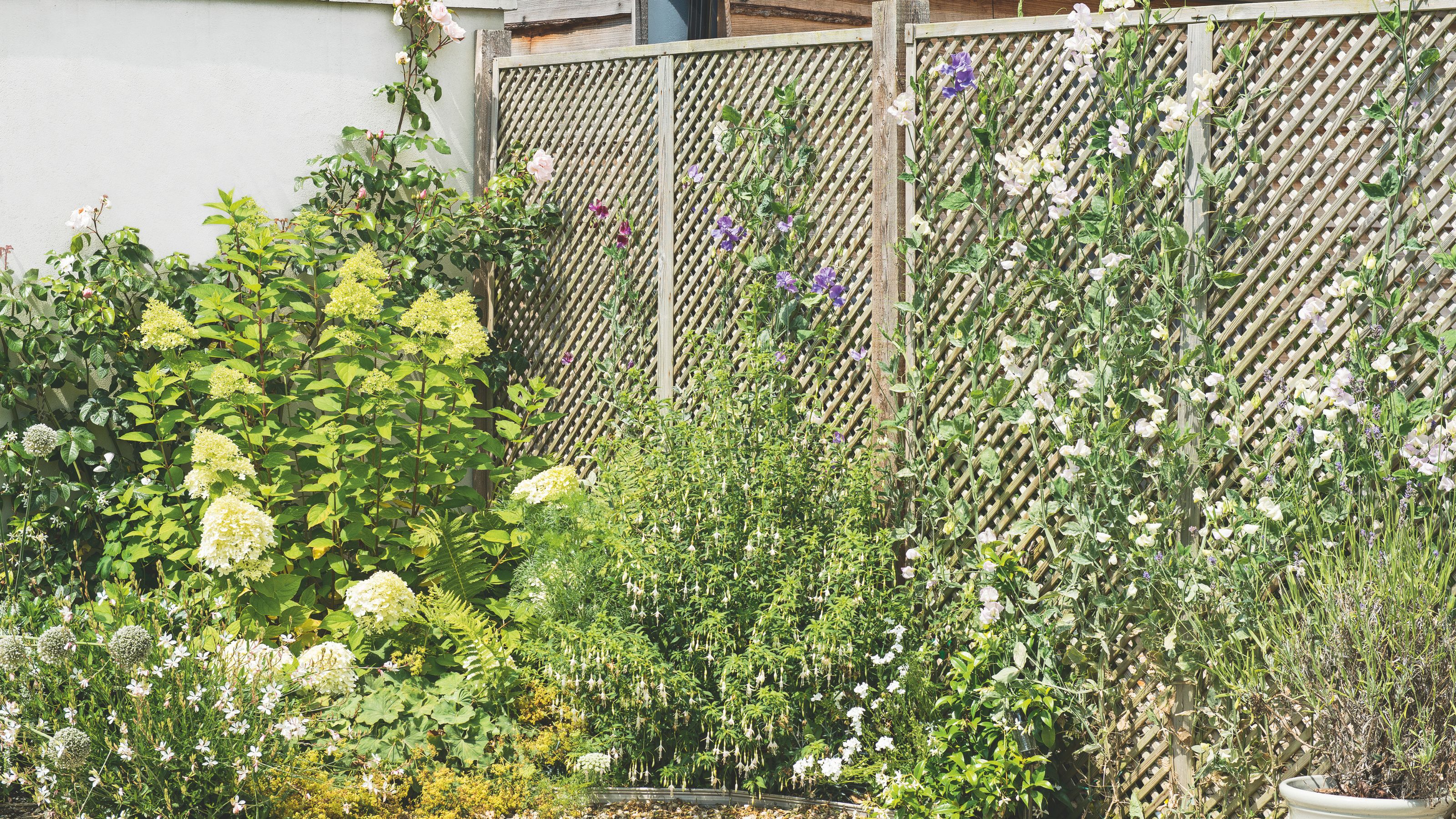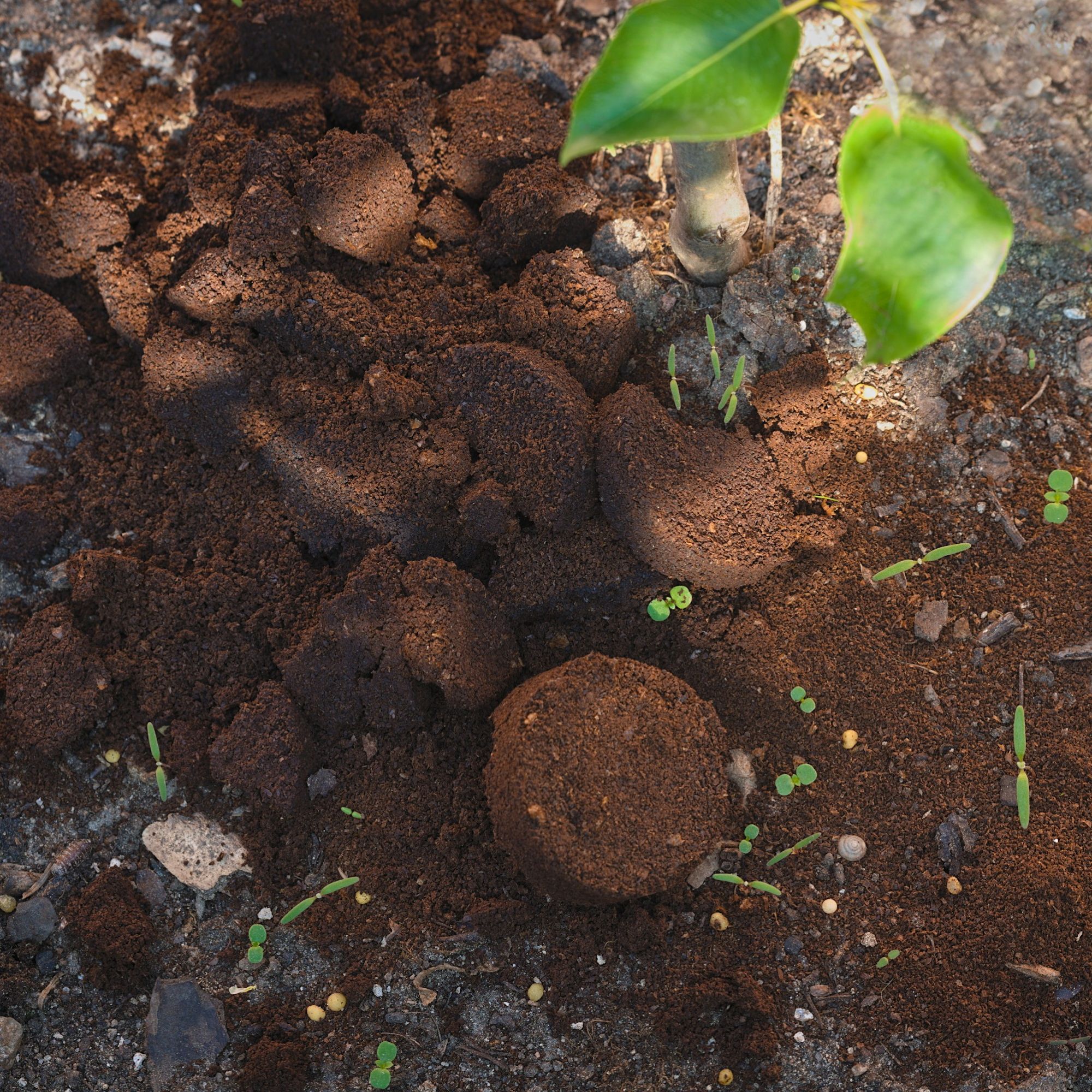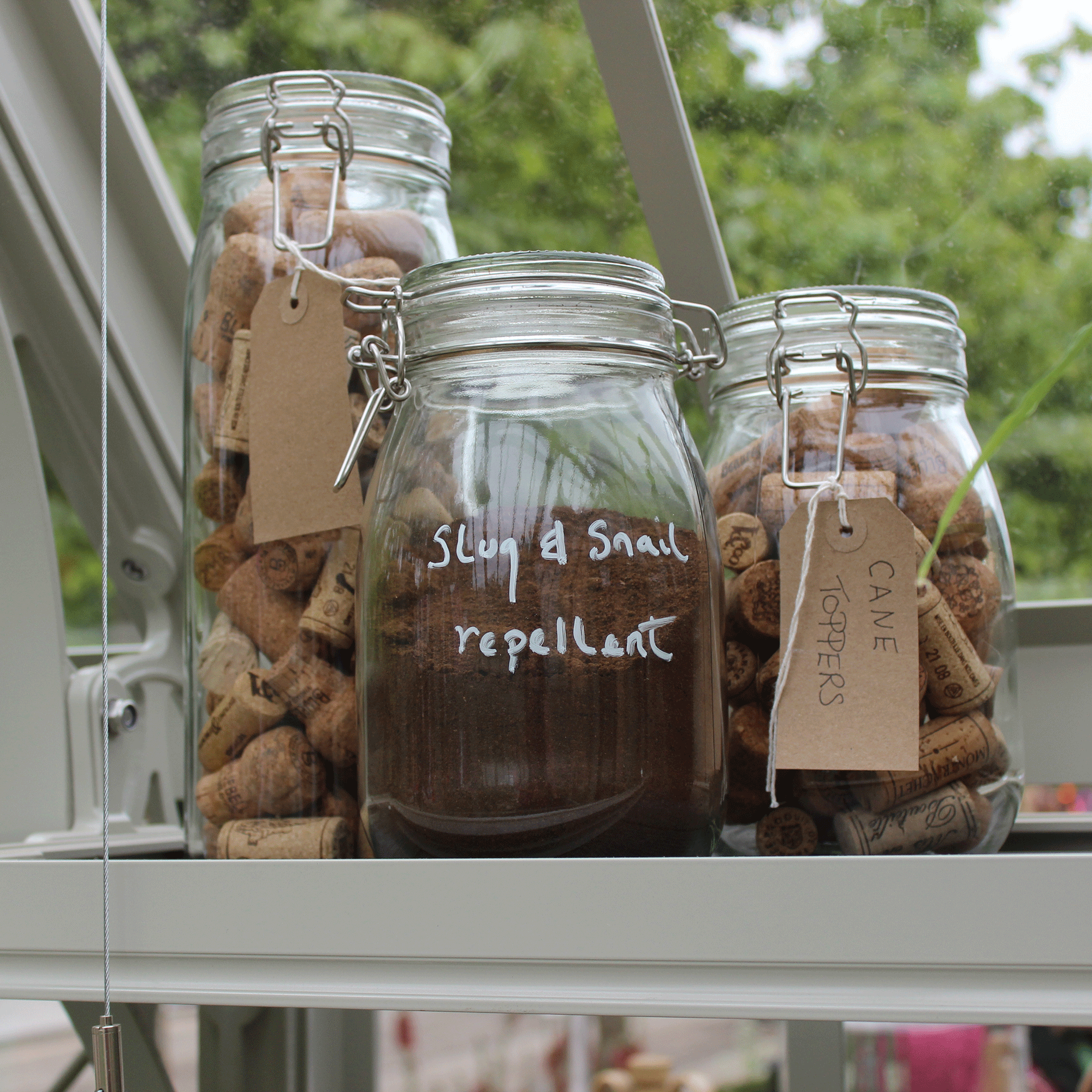4 places in a garden you should never use leftover coffee grounds – gardening experts warn that they'll do more harm than good
The spots to swerve using this popular gardening hack


You've probably heard many gardening experts recommend using leftover coffee grounds in the garden, as a way to boost nitrogen in the soil and encourage plant growth.
And while it's true that there are beneficial ways to use coffee grounds in the garden, there are also places where they'll cause more harm than good. Around seedlings, certain plants, and thicker layers of soil are some of the key places to steer clear of, according to plant experts.
To avoid any gardening mishaps, here's where not to use coffee grounds in your garden - this summer and beyond.
1. Around seeds and seedlings
If you're hoping to sow seeds successfully this year, you should avoid putting your leftover coffee grounds in the soil, advises Julian Palphramand, Head of Plants at British Garden Centres.
'While coffee grounds can be helpful in some parts of your garden, we don't recommend putting them directly around seeds or tiny seedlings,' he said. 'The grounds can stop your seeds from growing well or even prevent them from sprouting at all.'
Coffee grounds' acidic pH isn't suitable for delicate seedlings, and adding them to the soil is a common cause of seeds not germinating. It's definitely one to avoid.

2. Thick soil
If there are areas in your garden where the soil is quite dense and prone to waterlogging, you should avoid adding coffee grounds to the mix. They'll make it even harder to fix a waterlogged lawn, the experts warn.
Sign up to our newsletter for style inspiration, real homes, project and garden advice and shopping know-how
'We don't advise using coffee grounds as a mulch,' Mark Sage, horticulture expert at B&Q says. 'A thick covering may clump together and make water penetration difficult.'
There are several other types of mulch you can use, including leaf mould, bark, and grass clippings, that will improve the soil's water retention and provide nutrients for plants. Leave the coffee to stop squirrels stealing bird feed instead.

3. Around certain plants
It's true that you should avoid putting coffee grounds near any type of seedlings - but there are certain plant varieties that you need to be mindful of even when they're full-grown.
'Placing coffee grounds onto the soil can potentially amend the soil to be more acidic than many plants prefer,' Morris Hankinson, Director of Hopes Grove Nurseries explains. 'Lightly sprinkling them around plants that prefer acidic soil may be beneficial, but definitely avoid plants that prefer neutral to alkaline soil pH.'
Plants to be avoided include lavender, rosemary, ceanothus, and hardy geraniums.
4. Pets' favourite spots
The final item on the list of where not to use coffee grounds in your garden is anywhere that your pets might frequent. If you've taken the time to create a dog-friendly garden - or an outdoor space suitable for any type of pet - coffee grounds need to be used mindfully.
'If you have pets, be careful not to leave coffee grounds where they can reach them, because caffeine can be harmful if they eat it,' Julian from British Garden Centres warns.
This doesn't mean that you can't use leftover coffee grounds in your garden at all if you have pets. Just be strategic and put them in areas you know your pet won't reach them.

FAQs
What pests do coffee grounds repel?
While some areas of the garden are best left coffee-free, your leftover grounds can definitely come in handy when it comes to certain pests. They can help stop rats coming into the garden, and may even repel mosquitoes and fleas as well.
'Coffee grounds are ideal for keeping slugs and snails away from plants, thanks to both the caffeine content and the gritty texture, which they dislike crawling over,' Julian adds. 'It is also believed to deter ants, as the strong smell disrupts their scent trails and will keep them away from your plants.'
Which plants like coffee grounds the most?
'The best plants to use coffee grounds around are acidic-loving plants, such as hydrangeas, blueberries, azaleas, rhododendrons and camellias,' Morris says. 'The best way to use them is to compost them and use the mix around your plants.'
Other plants that like coffee grounds include roses, lilies of the valley, and hostas. These flowers respond well to the nitrogen boost provided by coffee.
Knowing where not to use coffee grounds in your garden will give all your plants - and even your pets - the best care they need to thrive this summer. The question is, how will you be using your leftover coffee grounds instead?

Katie has been writing freelance since early 2022, specialising in all things homes and gardens, following achieving a Masters in Media and Journalism. She started out writing e-commerce content for several of Future’s interior titles, including Real Homes, Gardeningetc, Livingetc, and Homes and Gardens. Since then she’s been a regular contributor on Ideal Home’s digital team, covering news topics, how-to guides, and product reviews.